By Jay Palter | May 11, 2023
Law enforcement agencies (LEAs) are under pressure from many directions. They’re asked to keep costs down, serve the public as hands-on as possible, limit their use of force, and hold their officers, sheriffs, and other personnel to the highest standards possible.
Frequently at the root of those pressure points is how law enforcement agencies manage their weapons and armories. For example, who has access to weapons? How effectively are LEAs tracking them? How fast can personnel get the law enforcement equipment they need in emergencies? How about during routine operations?
Good armory management involves keeping costs down without compromising your operational capabilities. How can you do that? Many police departments and sheriff’s offices have turned to smart lockers as potential solutions. This article explores the challenges police departments, sheriff’s offices, and other LEAs face in armory management and highlights how smart armory management systems help overcome them.
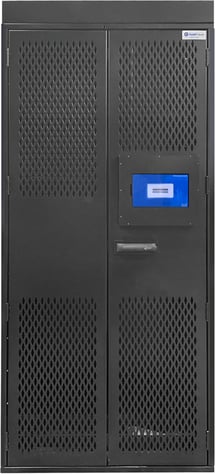 The Costs & Challenges of Manual Armory Management
The Costs & Challenges of Manual Armory Management
Maintaining an armory at full readiness is expensive. It is even more expensive when you rely on human labor for all administrative work. The direct costs are obvious, but lurking behind those are many indirect costs LEA leaders might not have considered.
It is worth laying out what exactly manual armory management costs an organization. We can break costs down into three categories:
- Material costs
- Personnel costs
- Regulatory costs
Material costs
The larger your armory’s inventory of firearms, LTLs, PPE, and other tactical gear, the more manual management is required. For example, inspections and servicing both take time. So too does managing those service schedules and tracking equipment used during law enforcement operations.
Since dynamic use tracking is very time-intensive, many LEAs try to get around it by servicing their tactical gear on a set schedule. But that approach only makes sense for equipment degrading steadily, which might not be true for tactical gear used only once or twice a year or mobile electronic devices.
If police armory equipment and electronics are used more frequently, software, hardware, and other use-related problems will occur more frequently. That is why it is essential to maintain live usage and transaction records so you can customize schedules.
Personnel costs
While costs from equipment quickly add up, they are the costs related to law enforcement personnel that stack up the most. Consider all the management tasks an armory manager, quartermaster, or other assigned officer must perform. At the most basic level, they might include:
- Logging new weapon inventory
- Updating existing records
- Managing transactions
- Auditing armory storage
- Recovering lost or missing gear
- Ordering replacement tactical gear
- Filing departmental reports
- Filing state and federal compliance reports
And then there are inevitable human errors. Even small ones can generate large downstream problems. For example, suppose an officer deposits their firearm and ammunition after a call but forgets about their radio. It might just be sitting at their desk, in their locker, or on the bench in your tactical van, but that officer and others need to have it available for their next call. And eventually, they’re going to spend valuable work hours hunting for a vital piece of equipment that could have just been automatically and accurately tracked in the first place.
Regulatory costs
LEAs are often mandated to track firearms as well as tactical gear purchased through Federal grants. In addition, asset tracking on opioid painkillers in first-response kits may also be necessary to comply with narcotics regulations.
Error-prone, manual tracking exposes agencies to too many regulatory violations and fines. For example, an incorrect transaction time or unentered signout name may prevent them from showing a complete chain of custody for firearms or controlled substances.
Benefits of Using Smart Armory Management Systems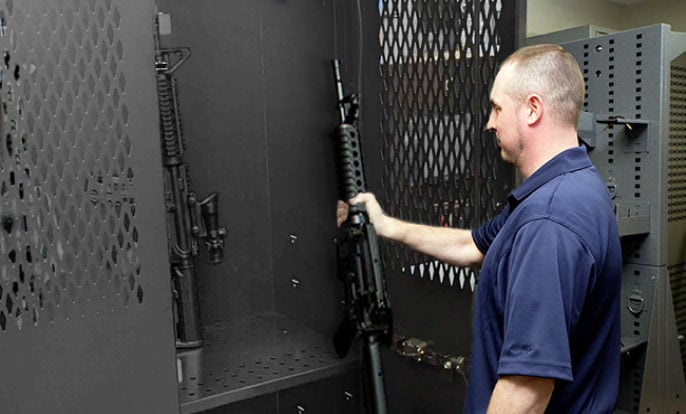
So what exactly can law enforcement inventory systems do to make life easier for law enforcement personnel? Here are ten key benefits these tools offer LEAs.
Secure, customizable storage
No two LEAs have the same police station armory storage needs. For example, a major metropolitan police department will want to keep very different tactical gear from a rural sheriff’s department. Advanced police armory lockers have a modular design, so you can stack together different-sized compartments to store the firearms and PPE your agency needs in the space you have to work with.

Real-time insights
Smart armory systems are fully digital. You get instant insights and alerts on what you care about most from content surveillance sensors in the police weapon lockers and the management dashboard.

Automated transactions
During routine operations, when law enforcement personnel need something from your police armory system, they first must authenticate themselves at the attached smart terminal. You can configure the terminal to accept whatever credentials you want, including access cards and biometrics for enhanced security. The smart terminal can then present the user with procedural checklists to improve accountability and usage logging.
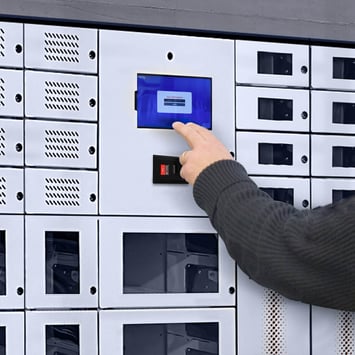
Reporting
The data the armory management system collects feeds into a central management system. Transaction times, who signed out which weapons, when they returned them, whether they were late, and any defects reported, all of this information and more is compiled into reports you can access in just a few clicks.
You can set alerts to go to email automatically, so you know the moment there is a problem. For example, if a sheriff hasn’t returned a tactical long gun at the end of their shift.
.jpeg?width=355&height=320&name=Blog-%2385_Inside_Banner_1200x1080_2%20(1).jpeg)
Remote management
Large LEAs can network their various on-site armory management systems together. For example, they can have one at headquarters and three more at offices around their jurisdiction. They can still manage them centrally, maintain control, and get instant insights into any issues.
Smart system reporting can also reveal patterns you might not have noticed otherwise. For example, maybe officers at all three remote offices are seeing the same defect with OC spray canisters your quartermaster ordered.

Consistent access
Smart law enforcement armory lockers never get tired, don’t leave when a shift ends, and never call out sick. Smart armory management systems give LEAs control over who can access which gear and when around the clock. You can restrict access by individual, location, or job type. You can configure lockers only to release firearms to officers registered for tactical response.
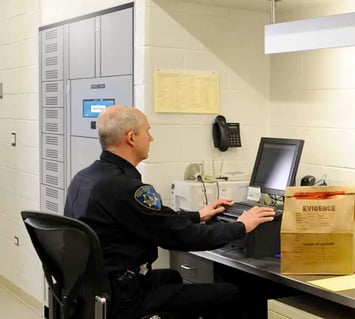
Universal authentication
Smart armory management systems replace error-prone manual tracking with smart access control terminals that record every transaction. In addition, they support a range of authentication types.
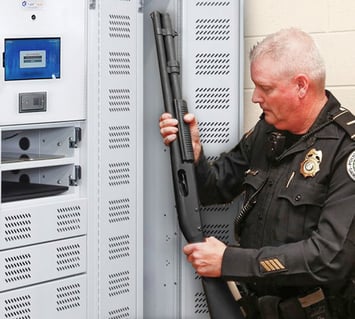
Usage tracking
RFID sensors in locker compartments enhance control over weapons and tactical equipment transactions. Radiofrequency identification (RFID) content surveillance systems can scan each kit component even through hard cases.

Error-free chain of custody
Since transactions are automated, your law enforcement personnel can sign out or return weapons and other armory gear 24 hours a day. They don’t need to wait for a quartermaster to be on duty.
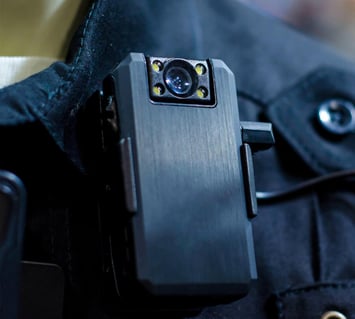
Workforce enablement
Workforce enablement is when you give law enforcement personnel the necessary resources to be as self-sufficient as possible in their duties. It is the opposite of micromanagement. For example, smart armory management systems allow law enforcement personnel to self-service access the gear they need in a controlled environment. After hours, they don’t need to wait for the armory manager to be around to help them get what they need.
And since you can build quality control checklists into transactions, you still exert the necessary checks and balances on tactical gear use. Reminders popping up on the smart terminal screen can help prevent officers from accidentally forgetting kit components when responding to an incident.
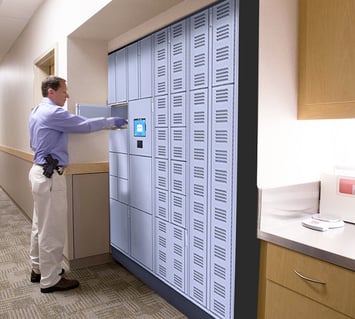
Armory Management Matters
Law enforcement agencies increasingly turn to automated armory management systems to manage their electronics, firearms, and other tactical police equipment. Budgets are tight, and these LEAs need ways to save on labor costs without compromising effectiveness. Implementing better armory management systems is one of the best ways to achieve this goal.
Are you looking for an evidence management system?
Check this article for what to look for before you purchase an evidence management system.
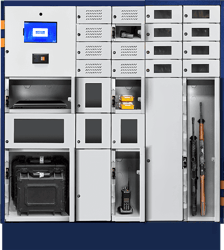
See our law enforcement armory management solutions in action
Subscribe to our blog

Jay Palter
Vice President of Marketing & Partnerships




